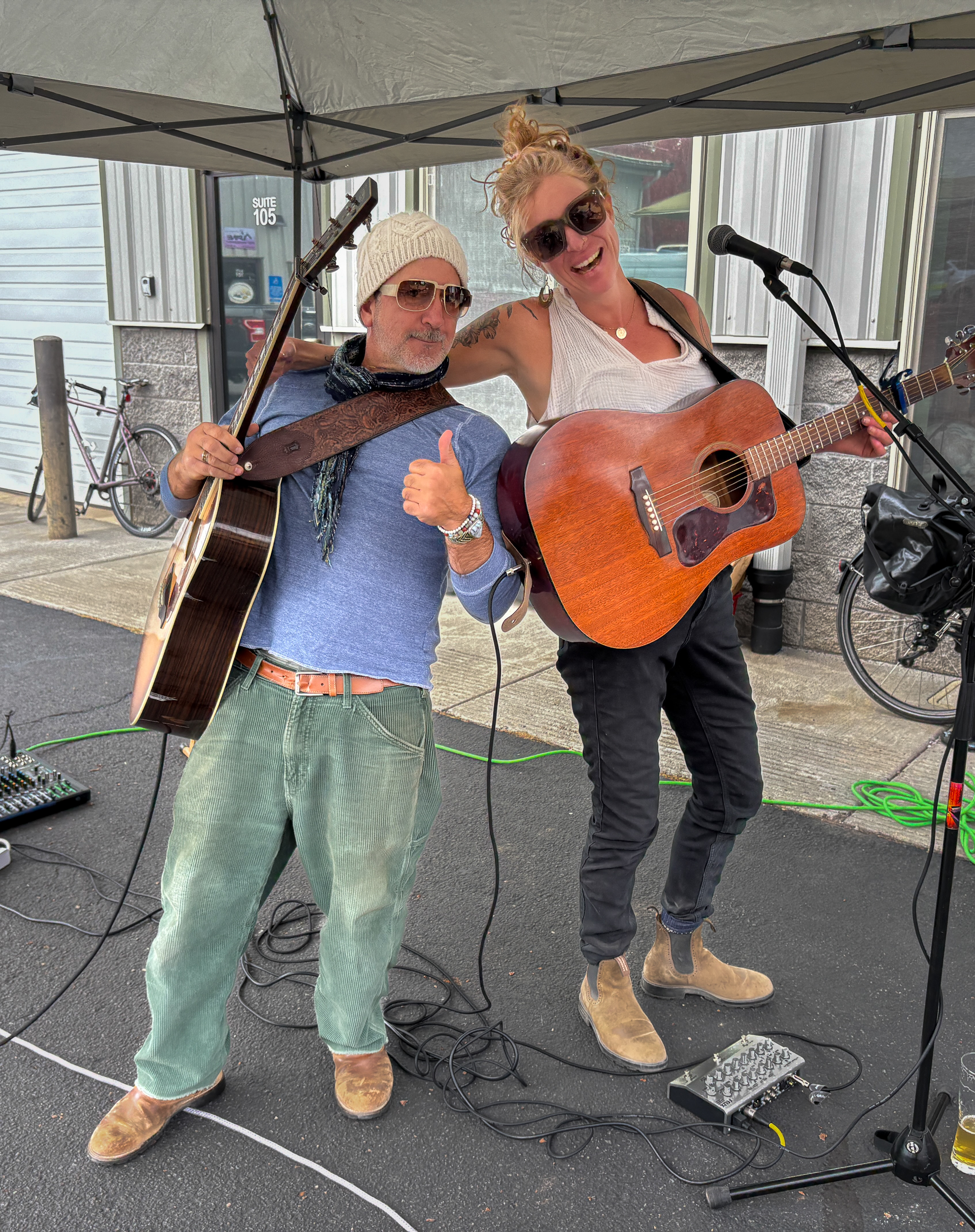
Alicia Viani and Terranaut Brewery have an interesting relationship. About a year ago, the brewers at Terranaut had an event where craft beers were made that featured the essence of songs by local Bend musicians. Alicia’s song, Lamplight, was selected and the resulting brew, appropriately named Lamplight, was a Kölsch-style ale with herbal tea and Buddha’s hand. It’s a seasonal offering, and went on to earn the PÜNCHTOBERFEST (Western USA) badge!
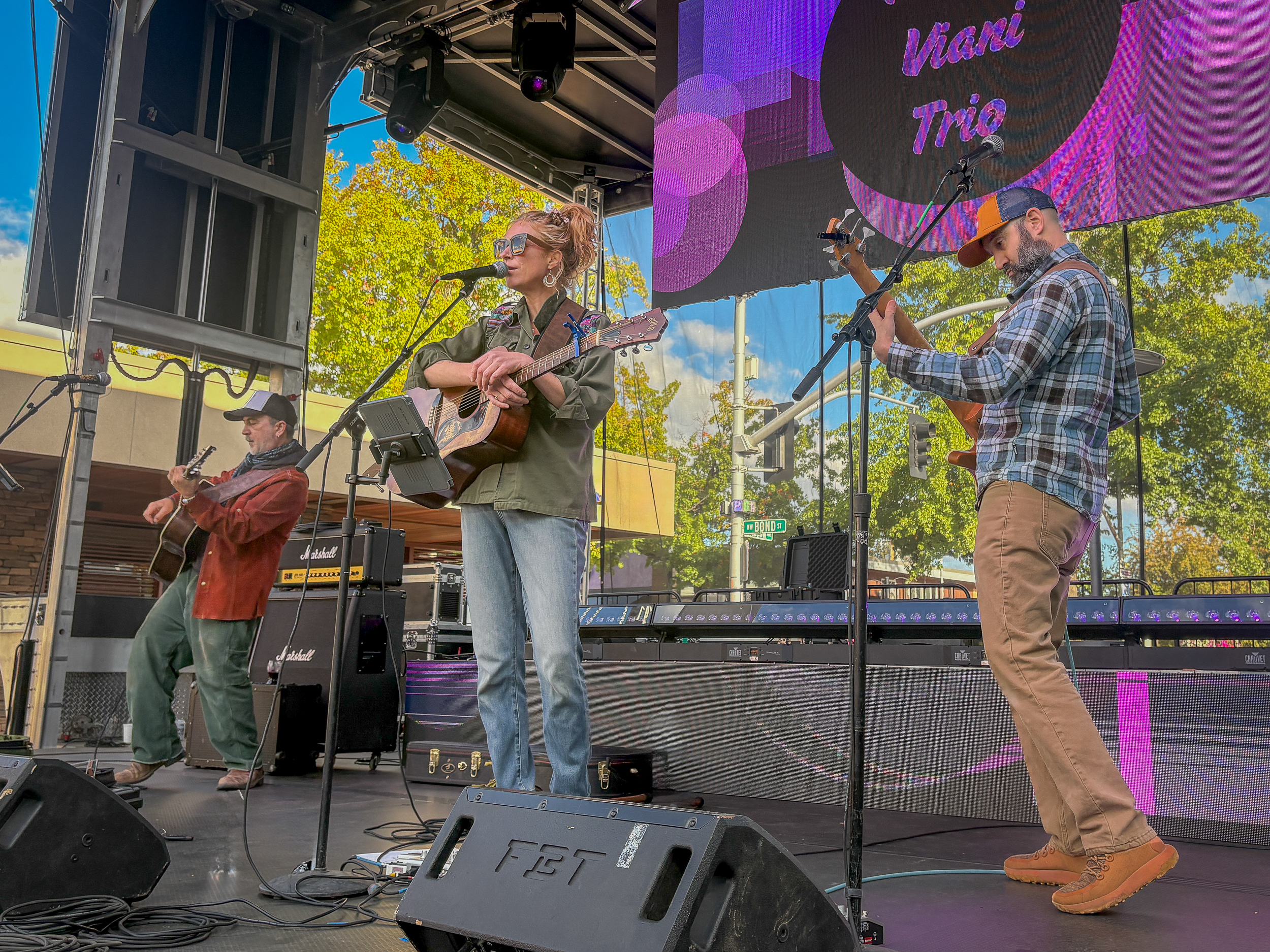
One of the songs from that gig, titled Snow, has yet to be recorded in a studio, so here’s what I captured on an iPhone at Fall Fest:
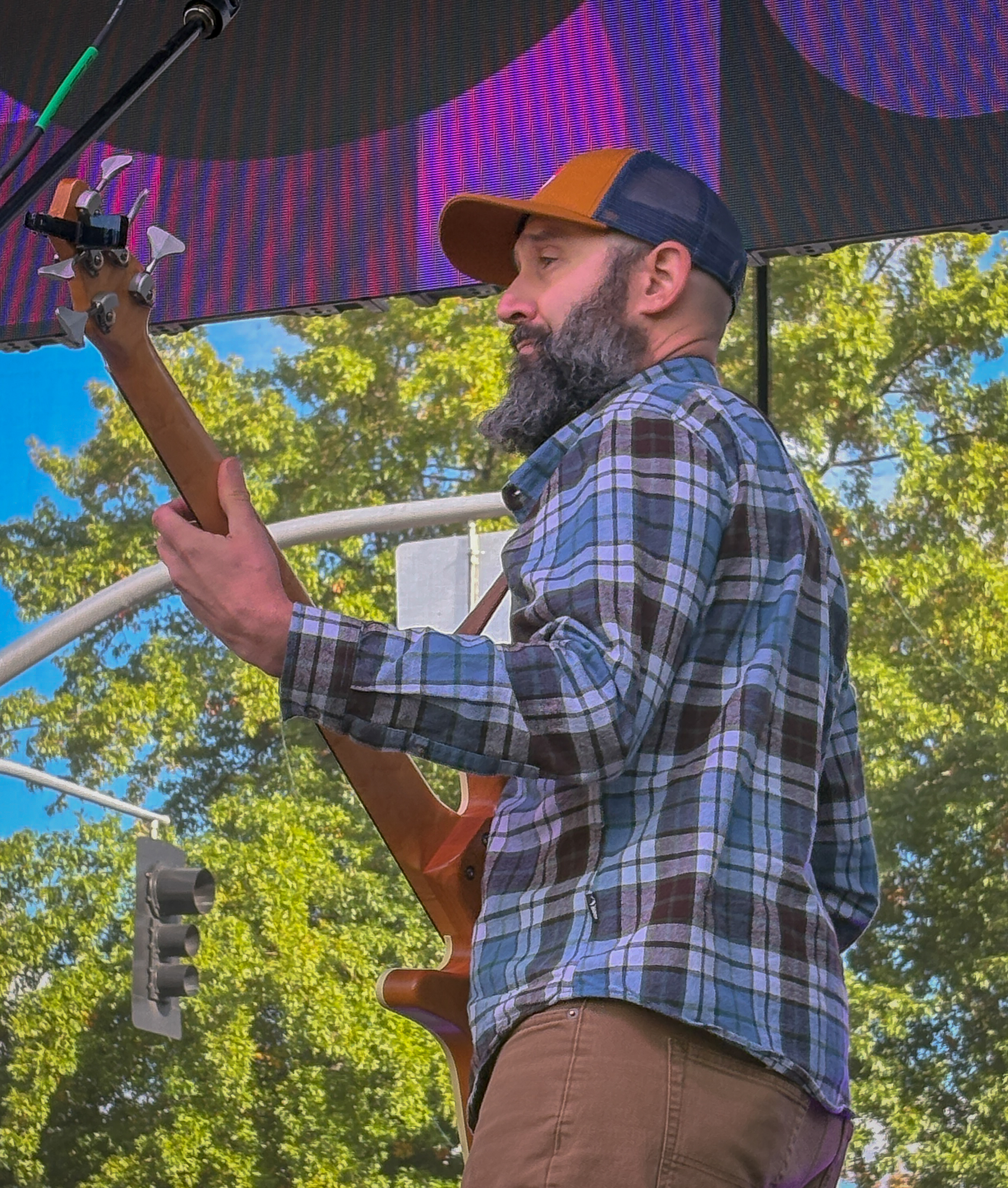
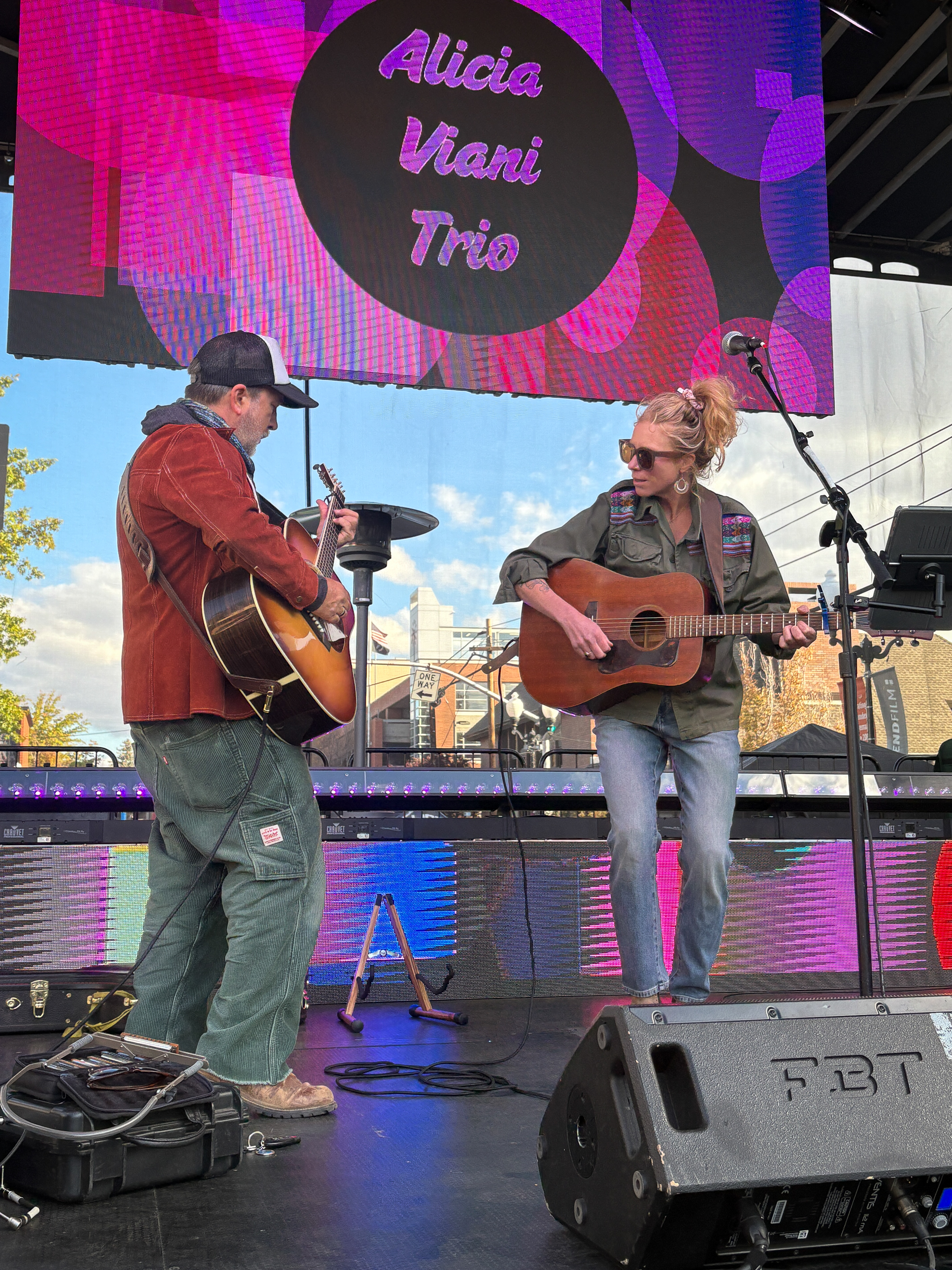
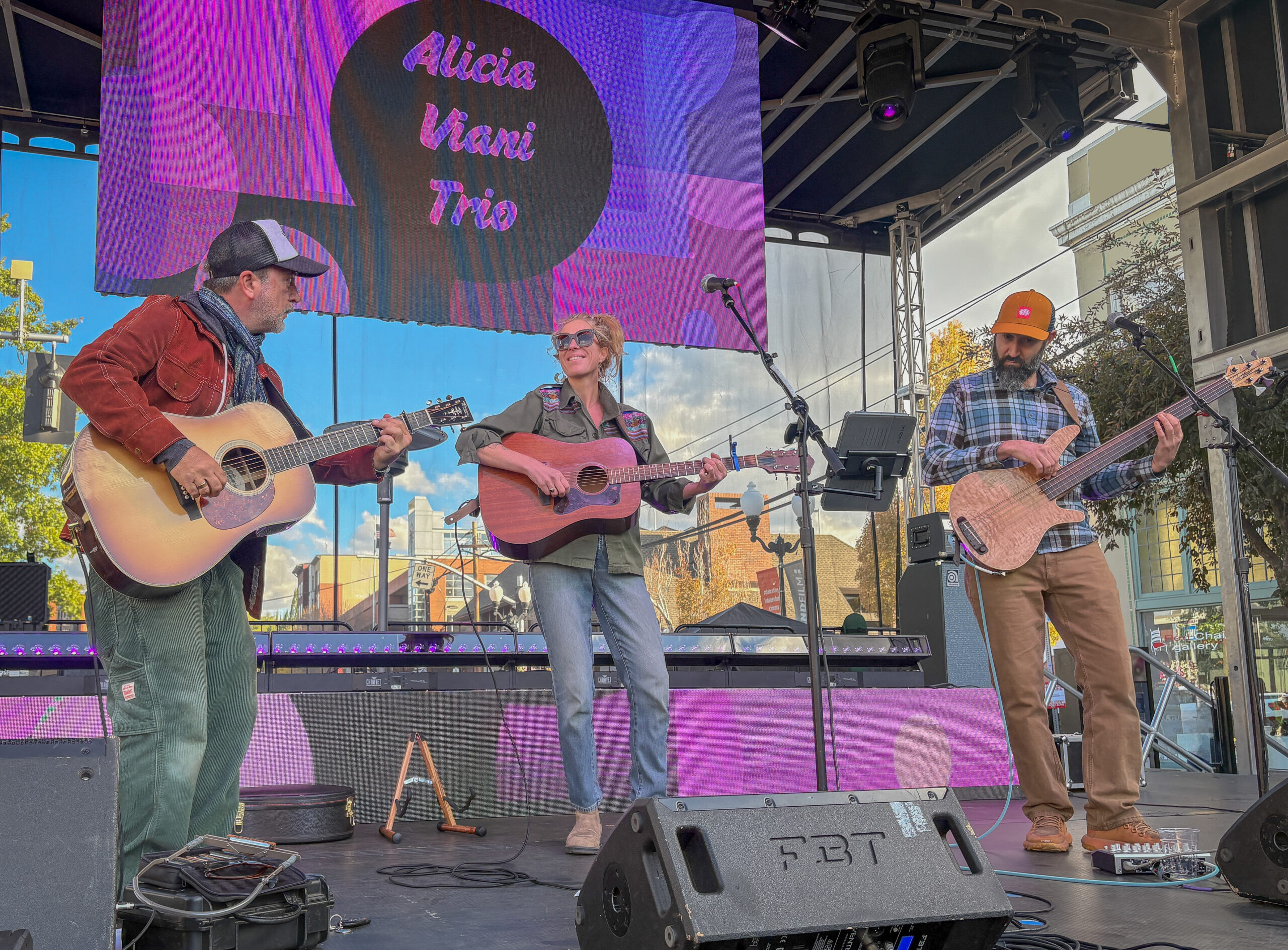
Last summer, the trio played a gig at Portland’s Artichoke cafe, and a collection of videos from that show may be viewed HERE.
